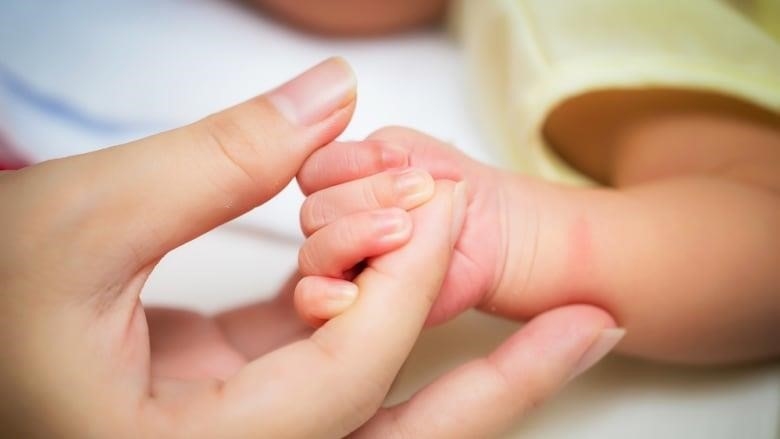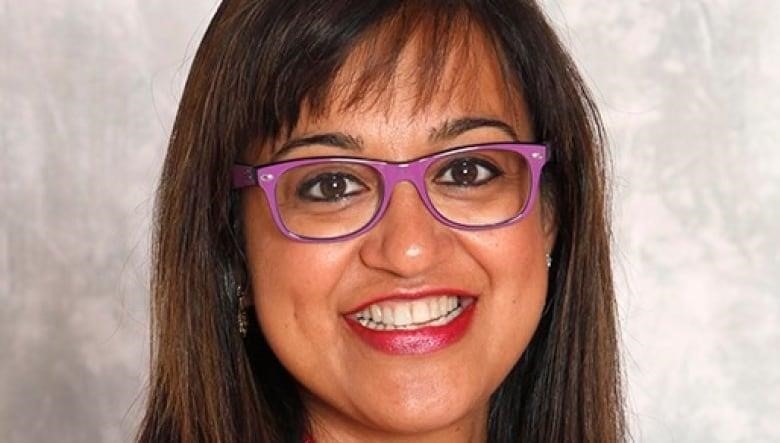
The rate went from 30.8 per 100,000 in 2018 to 169.1 per 100,000 in 2019
Alberta’s new report on sexually transmitted infections shows that the number of babies born with syphilis is going up at what experts call an unacceptable and alarming rate.
In Alberta, the number of babies born with syphilis went from 30.8 per 100,000 in 2018 to 169.1 per 100,000 in 2018.
The report says that between 2018 and 2022, 50 babies died at birth, which is almost one in five cases.
Dr. Stephanie Cooper is an obstetrician in Calgary. She has seen the terrible effects of syphilis first-hand.
“It is unbearable,” Cooper said, remembering a stillbirth caused by syphilis last year.
“It breaks my heart to see a woman lose a baby because of something that could have been avoided.”
Syphilis can lead to serious health problems and stillbirths.
Expert says there needs to be more outreac
Dr. Ameeta Singh, an infectious disease expert at the University of Alberta, said that testing for syphilis is a normal part of prenatal care. However, Albertans who are struggling with drug use and unstable housing don’t often get this help.
“If we can find them and treat them in the first 20 weeks of pregnancy, we can pretty much stop the infection from being passed on to the baby,” Singh said.
“So the sooner we can test for it and start treatment, the better.”

Singh said that quick tests for syphilis are available, and work is being done to get them to Albertans who are at risk.
“Every pregnant woman who gets prenatal care is tested for syphilis as a matter of course, so the fact that this is happening now is really unacceptable,” Singh said.
Singh said that there needs to be more outreach to bring the numbers down.
In a statement, an Alberta Health spokesperson said that the province was still keeping an eye on the rising rates of sexually transmitted and blood-borne infections, especially the rise of infectious syphilis, which is on the rise all over the world.
Andrew Livingstone, a spokesperson for Alberta Health, said in a statement, “We continue to work with Alberta Health Services, the federal government, and community groups to find ways to make testing and treatment easier.”
Not everything is known about why the number went up, but Livingstone said it was probably due to a number of things.
“Including, but not limited to, a lessening of the public’s sense of risk, people not being diagnosed quickly enough, the rise of dating apps, and people feeling less comfortable getting health care during the pandemic,” he said.
Livingstone said that the government would “continue to make targeted investments to prevent infections and to provide wrap-around supports for people living with these infections.”
